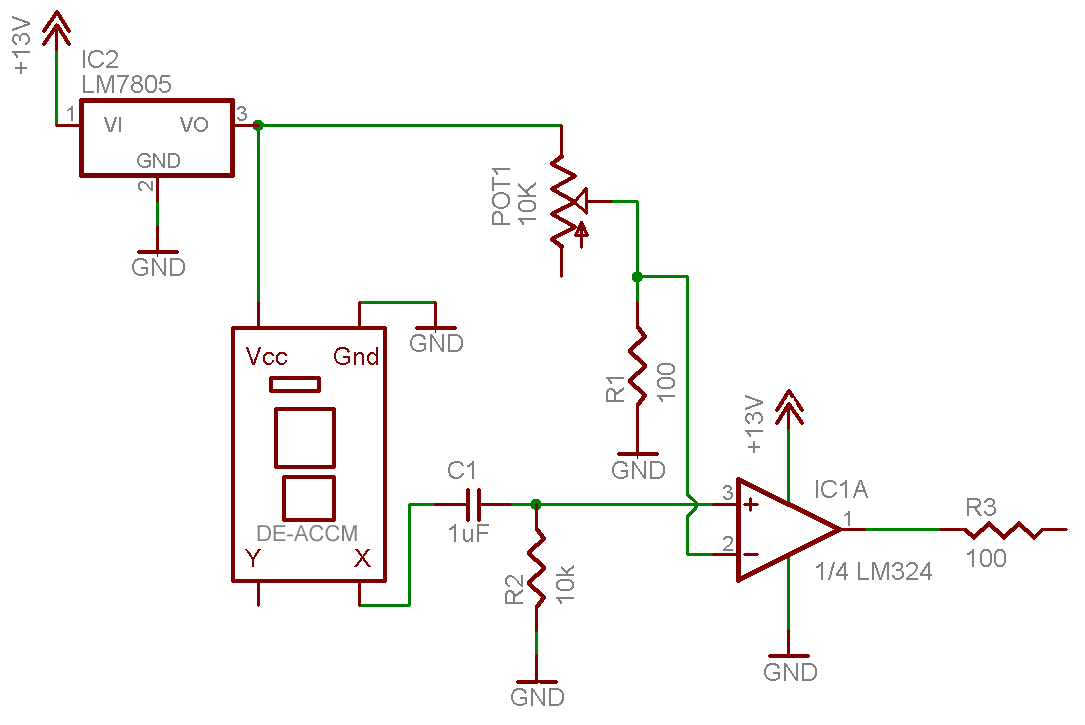
Infrared Intruder Alarm

Infrared Intruder Alarm Circuit. This circuit alerts the presence of a trespasser using an infrared system or Infrared Intruder Alarm circuit, which is quite interesting. It activates when there is an intrusion detected.
The Infrared Intruder Alarm circuit operates by utilizing infrared (IR) sensors to detect motion within a designated area. The basic components of this circuit typically include an IR transmitter and receiver pair, a microcontroller or an operational amplifier, a power supply, and an alarm output device such as a buzzer or LED indicator.
In operation, the IR transmitter emits infrared light, which is reflected off objects within the detection zone. The IR receiver detects this reflected light. When a person or object enters the detection area, the reflected IR light is interrupted, causing the receiver to trigger a response. This interruption can be detected by the microcontroller, which processes the signal and activates the alarm output.
The circuit can be designed to include adjustable sensitivity settings, allowing users to customize the detection range according to their needs. Additionally, the use of resistors and capacitors can help stabilize the circuit and prevent false alarms caused by ambient light changes or other environmental factors.
For enhanced functionality, the circuit may incorporate features such as a delay timer to prevent the alarm from sounding immediately after detection, allowing for a grace period for authorized individuals. Moreover, incorporating a wireless transmission module can enable remote monitoring and notifications, providing an added layer of security.
Overall, the Infrared Intruder Alarm circuit presents a reliable and effective solution for security applications, ensuring that unauthorized access is promptly detected and reported.circuit Infrared Intruder Alarm This the circuit warns the trespasser infrared system or Infrared Intruder Alarm circuit that interesting. By when there is a. 🔗 External reference
The Infrared Intruder Alarm circuit operates by utilizing infrared (IR) sensors to detect motion within a designated area. The basic components of this circuit typically include an IR transmitter and receiver pair, a microcontroller or an operational amplifier, a power supply, and an alarm output device such as a buzzer or LED indicator.
In operation, the IR transmitter emits infrared light, which is reflected off objects within the detection zone. The IR receiver detects this reflected light. When a person or object enters the detection area, the reflected IR light is interrupted, causing the receiver to trigger a response. This interruption can be detected by the microcontroller, which processes the signal and activates the alarm output.
The circuit can be designed to include adjustable sensitivity settings, allowing users to customize the detection range according to their needs. Additionally, the use of resistors and capacitors can help stabilize the circuit and prevent false alarms caused by ambient light changes or other environmental factors.
For enhanced functionality, the circuit may incorporate features such as a delay timer to prevent the alarm from sounding immediately after detection, allowing for a grace period for authorized individuals. Moreover, incorporating a wireless transmission module can enable remote monitoring and notifications, providing an added layer of security.
Overall, the Infrared Intruder Alarm circuit presents a reliable and effective solution for security applications, ensuring that unauthorized access is promptly detected and reported.circuit Infrared Intruder Alarm This the circuit warns the trespasser infrared system or Infrared Intruder Alarm circuit that interesting. By when there is a. 🔗 External reference





